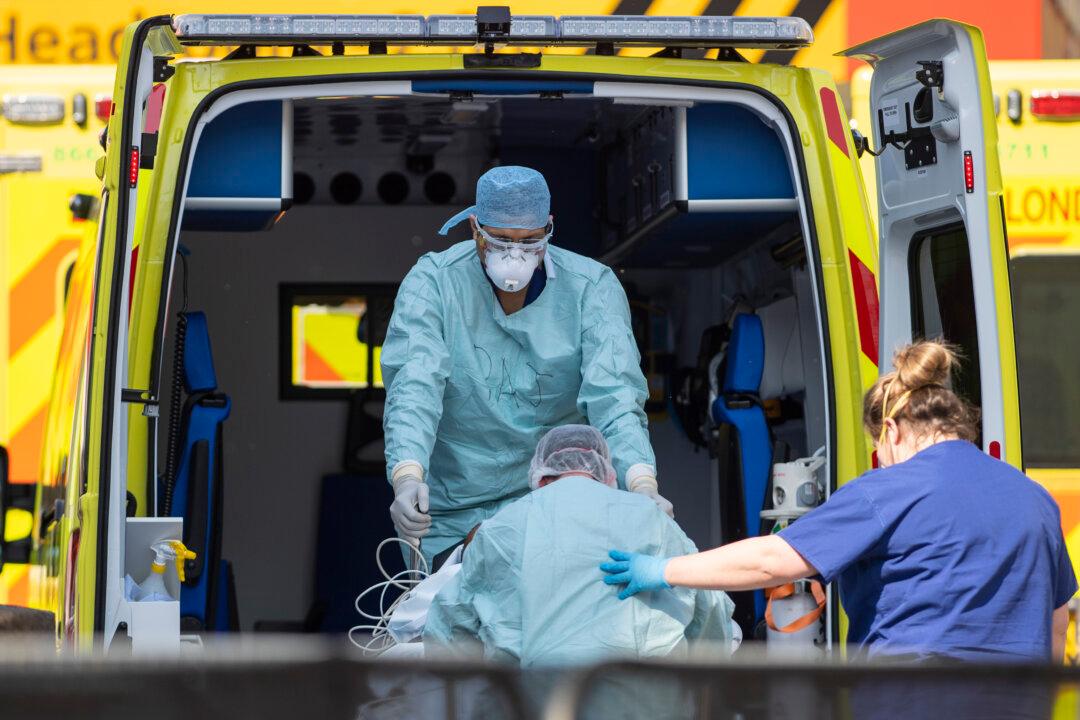An estimated 430,000 people in England were infected with COVID-19 during the course of last week according to the latest flagship survey for the government.
That’s one third up from the previous week’s figures. When compared with the last several weeks, however, it suggests that the recent surge in cases is losing momentum.





